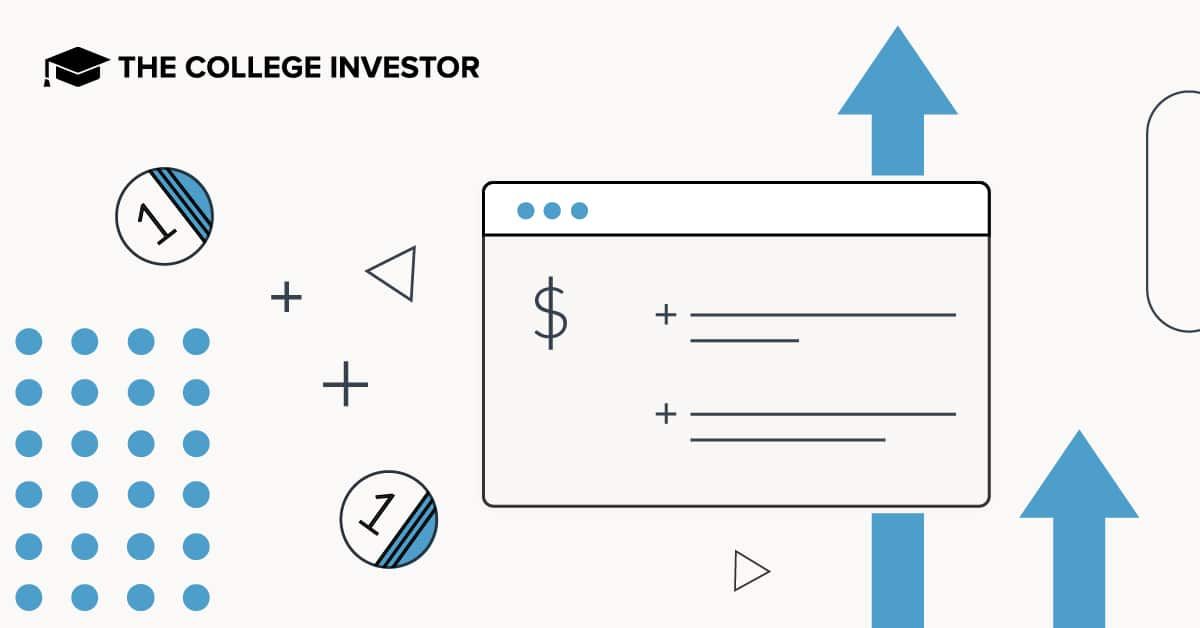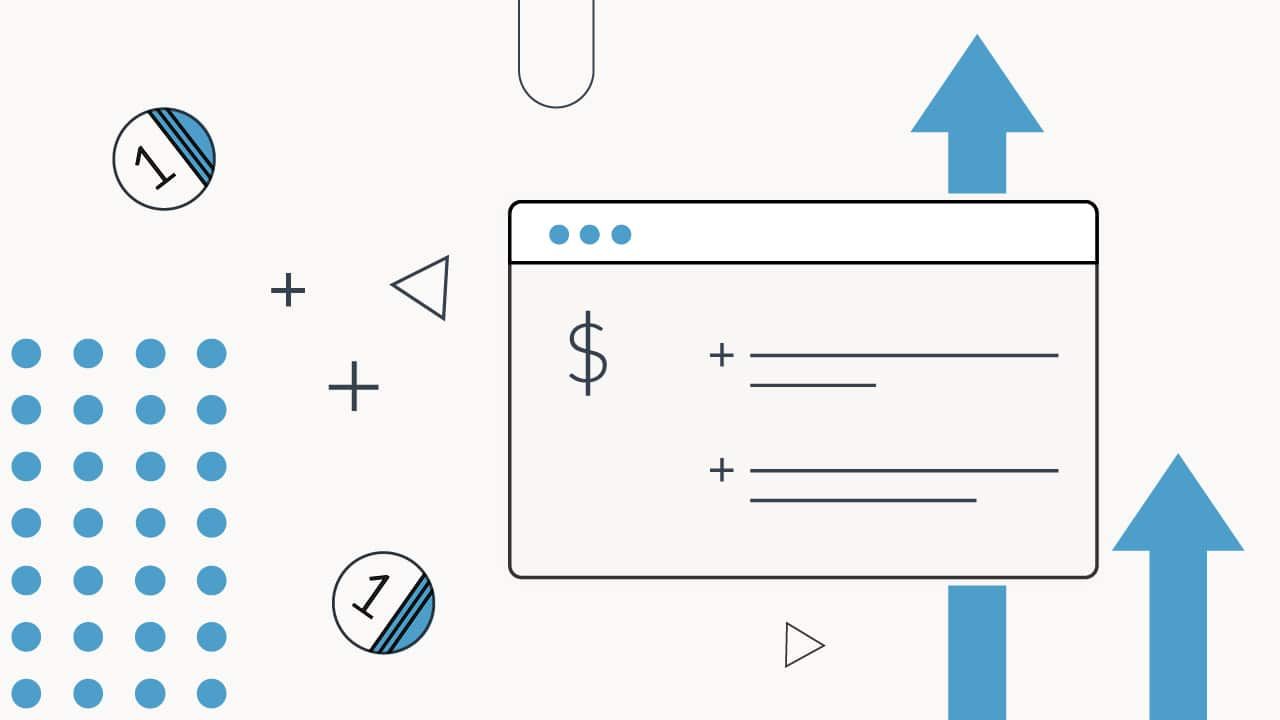
The Coverdell education savings account is a specialized account for saving for K-12 and college educational expenses, similar in some ways to 529 college savings plans.
There are, however, several important differences. One is that contributions to Coverdell education savings accounts are limited to $2,000 a year from all sources, unlike 529 college savings plans. 529 college savings plans do not have an annual contribution limit, other than the annual gift tax exclusion, and allow lump-sum contributions up to five times the annual limit using 5-year gift tax averaging.
Can you bypass the $2,000 contribution limit on Coverdell education savings accounts? If so, how?
What Is A Coverdell Education Savings Account?
Coverdell education savings accounts, previously known as Education IRAs, are used to save for the beneficiary’s education expenses, including elementary, middle and secondary school expenses as well as college costs.
The definition of qualified education expenses for a Coverdell education savings account is broader for K-12 expenses than in a 529 plan. The definition of qualified higher education expenses is the same.
Earnings accumulate on a tax-deferred basis. Distributions to pay for qualified education expenses are tax-free. The earnings portion of a non-qualified distribution is taxed as income, plus a 10% tax penalty.
A Coverdell education savings account is reported as an asset of the account custodian on the Free Application for Federal Student Aid (FAFSA). The custodian is usually the parent. Qualified distributions from a Coverdell education savings account are not reported as income on the FAFSA.
Coverdell education savings accounts offer a broader selection of investment options than 529 college savings plans. The money can be invested in individual stocks and bonds, not just a limited menu of mutual funds.
Contributions to a Coverdell education savings account are made in cash using after-tax money.
Coverdell Contribution Limits
The total contributions to all Coverdell education savings accounts for a beneficiary from all sources are limited to $2,000 per year. This requires the contributors to coordinate their contributions to avoid exceeding the $2,000 annual contribution limit.
The $2,000 contribution limit for each contributor is phased out based on the contributor’s income. It is reduced for contributors with modified adjusted gross income (AGI) of $190,000 to $220,000 for married filing jointly and half that for single filers. Taxpayers who file as married filing separately are ineligible to make contributions to a Coverdell education savings account. The income phaseouts do not change and are not adjusted for inflation.
Excess contributions are subject to a 6% annual excise tax until the money is distributed (not as part of a rollover). Excess contributions in the previous year may be reduced by the unused portion of the current year’s contribution limit. If the excess contribution is distributed prior to June 1, the excise tax for that year does not apply.
Contributions for the previous tax year can be made until the normal due date for the contributor’s federal income tax return.
Contributions to a Coverdell education savings account must end when the beneficiary reaches age 18, unless the beneficiary is a special needs beneficiary.
In addition, the Coverdell education savings account must be fully distributed by the time the beneficiary reaches age 30, unless the beneficiary is a special needs beneficiary. One can work around this limitation by changing the beneficiary to another beneficiary who is under the age limit or by rolling over the funds into a 529 college savings plan.
How To Bypass The Coverdell Contribution Income Phase-Outs
The income phaseouts on contributions can be bypassed by having the contributor give the money to the beneficiary in cash. The beneficiary can then contribute the money to their own Coverdell education savings account.
Another option is to contribute to a Coverdell education savings account through an organization, such as a corporation or trust. Such organizations are not subject to the income limitations.
How To Bypass The $2,000 Coverdell Contribution Limit
There are several options for bypassing the annual contribution limits on a Coverdell education savings account.
Changing The Beneficiary
One method of bypassing the $2,000 contribution limit involves changing the beneficiary on another beneficiary’s Coverdell education savings account.
For example, if a sibling does not go to college and does not need the money in their Coverdell education savings account for educational expenses, the beneficiary on the account can be changed without violating the new beneficiary’s $2,000 annual contribution limit.
If a parent has leftover money in their own Coverdell education savings account, they can change the beneficiary from themselves to their child, if the parent is under age 30 when the child is born.
Rollover Contributions (Including From U.S. Savings Bonds)
Rollover contributions are not subject to the $2,000 annual contribution limit per 26 USC 530(b)(1)(A), so one could rollover the proceeds from qualified U.S. Savings Bonds into a Coverdell education savings account to bypass the $2,000 annual contribution limit. (One cannot rollover funds from a 529 college savings plan or prepaid tuition plus to a Coverdell education savings account.) The 6% excise tax on excess contributions does not apply to rollover contributions [26 USC 4973(e)(2)(B)].
Qualified U.S. Savings Bonds include Series EE or Series I U.S. savings bonds issued in 1990 or a later year.
Rollover contributions are defined as including a rollover from another Coverdell education savings account [26 USC 530(d)(5)], military death gratuities [26 USC 530(d)(9)(A)] and a rollover of a qualified U.S. Savings Bond [26 USC 135(c)(2)(C)].
The language at 26 USC 135(c)(2)(C) treats a contribution of qualified U.S. Savings Bonds into a qualified tuition program (529 plan or prepaid tuition plan) or Coverdell education savings account as a qualified higher education expense. It uses the term “contribution” and does not use the term “rollover contribution.”
However, the instructions for IRS Form 5498-ESA refer to a contribution from a qualified U.S. Savings Bond as a rollover: “A rollover can be made from certain U.S. Savings Bonds or another Coverdell ESA.” In addition, the way such rollovers are reported on IRS Form 8815 does not enforce a $2,000 contribution limit. IRS guidance concerning Coverdell education savings accounts, such as section 21.6.5 of the IRS Revenue Manual and section 4.19.3 of the Internal Revenue Manual, does not state that the $2,000 contribution limit applies to rollovers from the Education Savings Bond Program.
So, a rollover contribution from a qualified U.S. Savings Bond to a Coverdell education savings account is probably not subject to the $2,000 contribution limit.
However, there are practical limits on the amount of qualified U.S. Savings Bonds that can be rolled over into a Coverdell education savings account.
- Individuals may buy up to $10,000 in Series EE and $10,000 in Series I U.S. Savings Bonds online through TreasuryDirect each year for themselves. They can also buy up to $10,000 of each type of bond per recipient as a gift. The limits are per Social Security Number, regardless of whether the bonds are purchased for yourself or received as gifts. Married taxpayers can each buy U.S. savings bonds up to these limits, plus up to $5,000 in paper Series I U.S. savings bonds using their federal income tax refund. Thus, the child’s parents can each buy or receive a combination of $10,000 in Series EE and $10,000 in Series I U.S. Savings Bonds, for a total of $20,000 each, plus up to an additional $5,000 in paper Series I bonds based on their federal income tax refund.
- The interest on a qualified U.S. Savings Bond is tax-free if the proceeds are spent on qualified higher education expenses (tuition and fees) or rolled over into a 529 plan, prepaid tuition plan or Coverdell education savings account, and the taxpayer’s income falls below certain income phaseouts. (The income phaseouts are $85,800 to $100,800 for single taxpayers in 2022 and $128,650 to $158,650 for married taxpayers who file joint federal income tax returns. Married filing separately is ineligible. The income phaseouts are adjusted annually for inflation.) The bond owner must be at least 24 years old when the bond is issued for the interest to be tax-free.
- The Coverdell education savings account must be in the same name as the bond owner, the bond owner’s spouse or the bond owner’s dependent to qualify for the tax-free interest benefit. This limits the ability of a grandparent to directly use a U.S. Savings Bond to bypass the $2,000 annual contribution limit. They would need to register the bond in the name of the child’s parent.
- Series I and Series EE U.S. Savings Bonds cannot be cashed in before they are 12 months old. If Series I and EE U.S. Savings Bonds are cashed in before they are five years old, there is also an early redemption penalty of three months interest.
Of course, there are no limits on contributions to a 529 plan, other than the annual gift tax exclusion of $16,000 in 2022 (with lump-sum contributions of up to $80,000 though five-year gift tax averaging) and the aggregate limits that range from $235,000 to $542,000 depending on the state.
But, some families prefer the greater control over investments in Coverdell education savings accounts and the broader definition of qualified education expenses.

Mark Kantrowitz is an expert on student financial aid, scholarships, 529 plans, and student loans. He has been quoted in more than 10,000 newspaper and magazine articles about college admissions and financial aid. Mark has written for the New York Times, Wall Street Journal, Washington Post, Reuters, USA Today, MarketWatch, Money Magazine, Forbes, Newsweek, and Time. You can find his work on Student Aid Policy here.
Mark is the author of five bestselling books about scholarships and financial aid and holds seven patents. Mark serves on the editorial board of the Journal of Student Financial Aid, the editorial advisory board of Bottom Line/Personal, and is a member of the board of trustees of the Center for Excellence in Education. He previously served as a member of the board of directors of the National Scholarship Providers Association. Mark has two Bachelor’s degrees in mathematics and philosophy from the Massachusetts Institute of Technology (MIT) and a Master’s degree in computer science from Carnegie Mellon University (CMU).
Editor: Robert Farrington Reviewed by: Colin Graves
